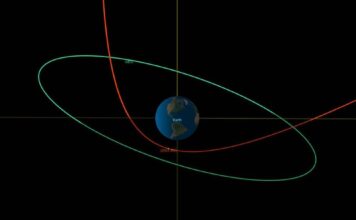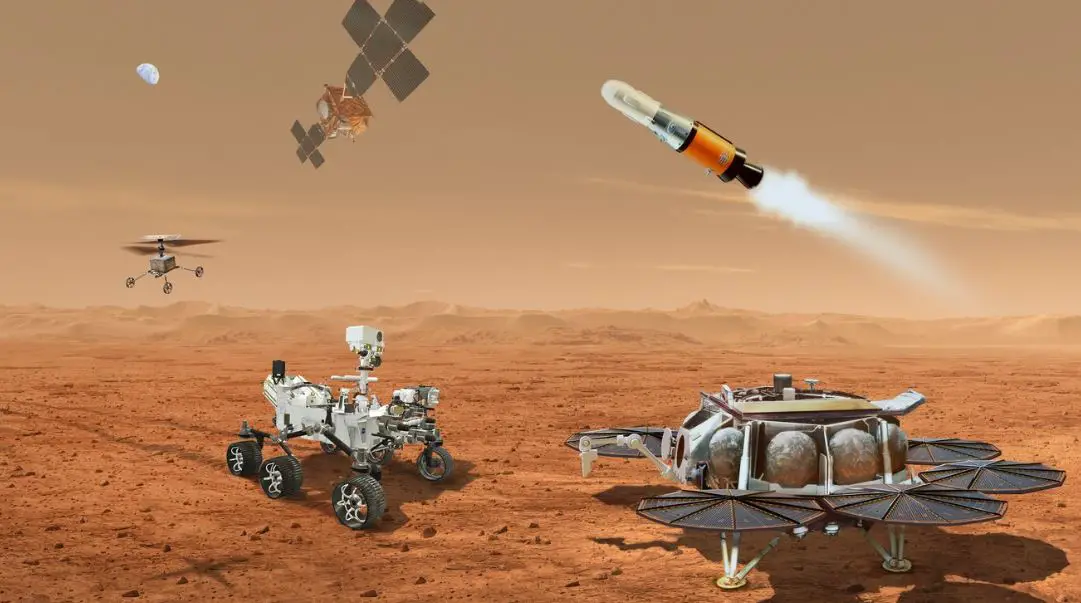Although Uranus and Neptune are both ice giants in the solar system and have many similarities, the former still has unique quirks.
For example, the inclination angle between the rotation axis and the ecliptic plane is as high as 98 degrees, which is almost “lying” on the ecliptic plane and revolving around the sun.
A new study finds a plausible explanation for Uranus’ strange behavior: A moon once left Uranus, causing Uranus to be pulled over as the celestial body moved away.
The orbital plane of all the planets in the solar system revolving around the sun is called the ecliptic plane, and the rotation axis of the planets is inclined to the ecliptic plane, which is also the reason for the change in the length of the day and night on the earth.
Basically, all the planets in the solar system have orbital inclinations of less than 30 degrees—except for Uranus, which has an inclination of 98 degrees. In other words, Uranus rotates almost perpendicular to its orbit; furthermore, Uranus rotates clockwise, which is also opposite to the other planets.
Astronomers have long suspected that Uranus experienced a series of giant impacts in the early days of its formation, but this argument also has loopholes.
Because of the turbulence everywhere in the early solar system, even the earth may have been hit by a protoplanet to form the moon, but fortunately the earth has not been knocked down.
Neptune and Uranus are both ice giant planets, with similar atmospheres and magnetic fields, and similar size, mass and spin speed, but the orbital inclination of Neptune, which is the farthest from the sun, is also less than 30 degrees.
What exactly is causing Uranus to be so different?
New research points to a less violent cause: A moon that was once a close companion of Uranus has drifted away.
A few years ago, the team of astronomer Melaine Saillenfest at CNRS discovered something interesting about Jupiter,
As the number of Jupiter’s moons increases, the gas giant’s orbital inclination may increase from 3% to around 37% due to moon migration over billions of years;
Saturn currently orbits at an inclination of 26.7 degrees, likely the result of the rapid outward movement of its largest moon, Titan.
The planets in the early solar system were very close to the sun when they were formed, and gradually moved to the outer periphery as time passed. During the migration process, some planets and satellites were reshuffled. Uranus may have a satellite revolving around it very early.
According to the results of the team’s simulation using a series of parameters, it was found that if a moon with about half the mass of the moon ever orbited Uranus,
Moving away from Uranus by more than 10 times its radius at a rate of more than 6 centimeters per year would tilt Uranus by 90 degrees.
This single mechanism could tilt Uranus without causing a huge impact, although it’s unclear whether Uranus ever had a large enough moon, and more observations will be needed to prove this.
The new paper is published in the journal Astronomy & Astrophysics and also can be found on arXiv.





